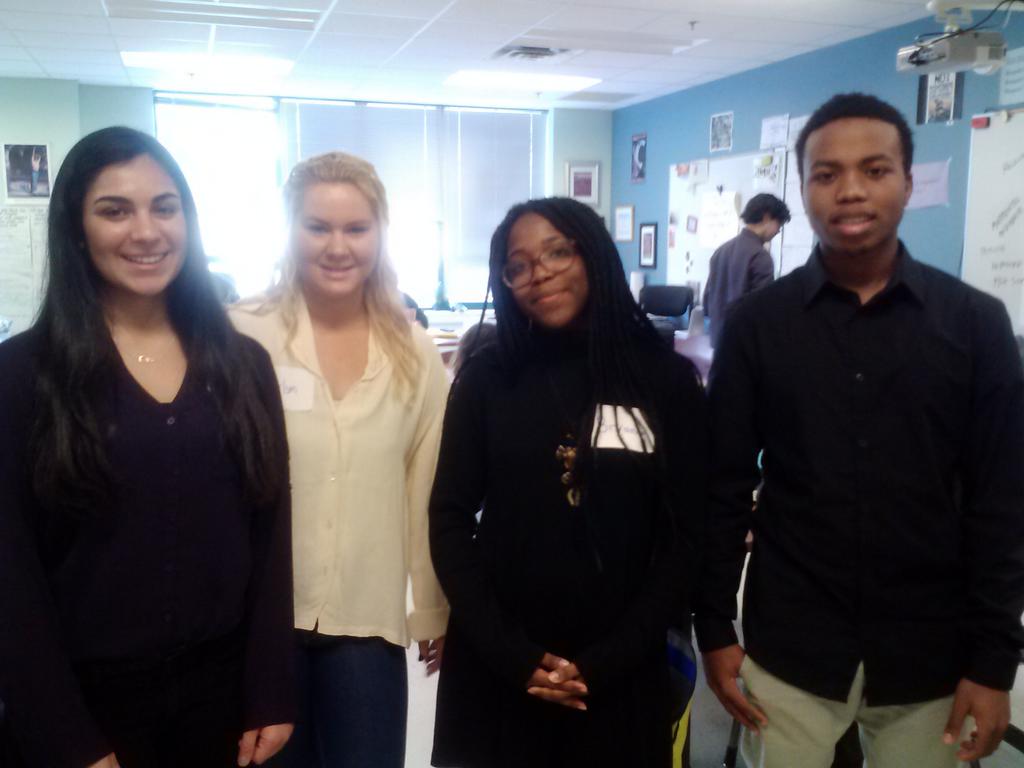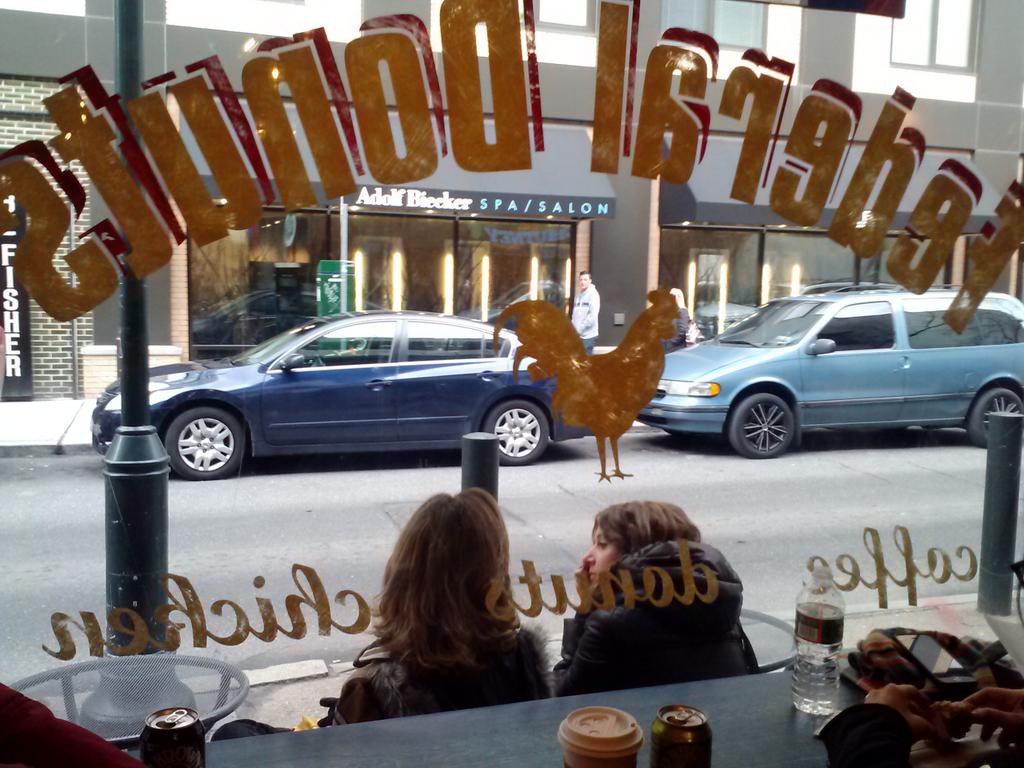I am enough of an artist to draw freely upon my imagination. Imagination is more important than knowledge. Knowledge is limited. Imagination encircles the world.
― Albert Einstein
Recently, a budget draft included funding of a STEM position at Flynn Elementary. Here is why adding and/or strengthening STEM education at Flynn and in all Burlington schools is the right thing to do.
STEM is cutting edge education.
STEM stands for Science, Technology, Engineering and Mathematics. At its best STEM education consists of hands-on, student-centered design challenges and project-based learning that cultivates the imagination.
Einstein’s remarks about the importance of imagination have never been more apt.
The world is changing so rapidly that no one can anticipate what, specifically, students will need to know. We must equip them for success in a in a technology-driven world that demands continual learning. Students should be offered broad and varied opportunities to take charge of their own education, collaborate, communicate, design and synthesize.
STEM is diversity and equity.
Quality STEM education is enemy of the achievement gap. Women and people of color are still underrepresented in STEM classes in high schools, STEM majors in college, and STEM fields in the workforce. Women and people of color are equally capable of excelling in this work and they provide much-needed perspectives. We have to ask why the demographics of these fields continue to be skewed. The fact is that we still live in a world full of biases and systemic discrimination. Education is a critical part of the solution. Stereotypes, biases and barriers don’t go away without concerted effort to counteract them.
The importance of high quality STEM education goes beyond giving students opportunities in STEM fields. It makes school a place where more students are able to be successful, period. Hands-on, student-centered design challenges, a hallmark of STEM, tend to work better for all students than traditional pedagogy. Students who are from low income families, are non-white, are new Americans and/or English language learners are at greater risk for under performance in school. STEM helps these students. Education for equity means providing engaging, challenging work for all students.
As a K-5 Math Coach in the Burlington School District, I have personally witnessed the power of STEM education. Individuals who are less successful in traditional learning situations shine when engaged in high quality STEM learning opportunities. I’ve watched students who typically exhibit challenging behaviors and low academic performance become energized about computer programming, exploring fractals in art and nature, catapult building, geodesic dome construction, and on and on. It is hard not to become an advocate of this type of education after watching marginalized students get opportunities to demonstrate their brilliance.
STEM is for Burlington
It is wise to fund STEM education in Burlington. By investing in STEM, we are focusing on what really works for achievement and equity. This is a forward-thinking opportunity to empower our students to be the leaders, thinkers, and makers of a changing world. Imagine that.



















.jpg)













